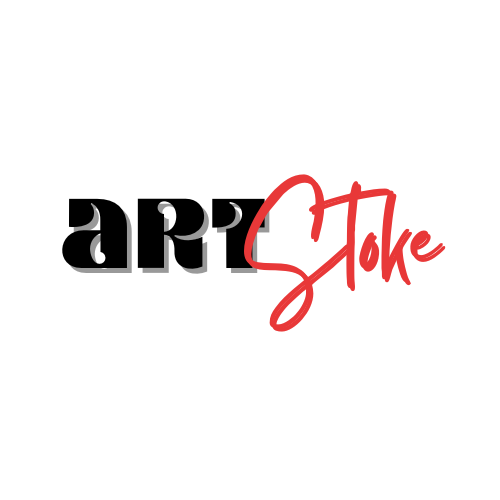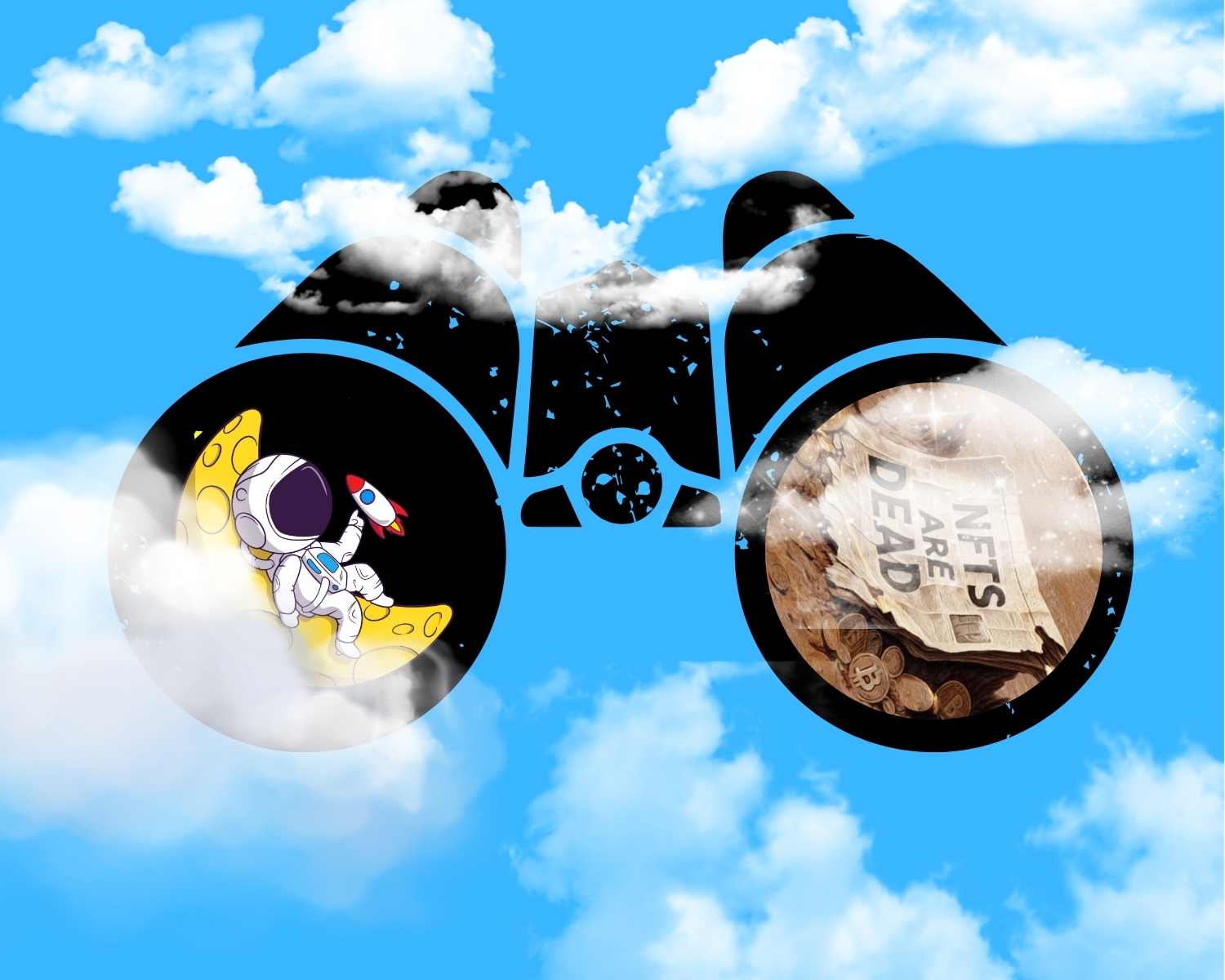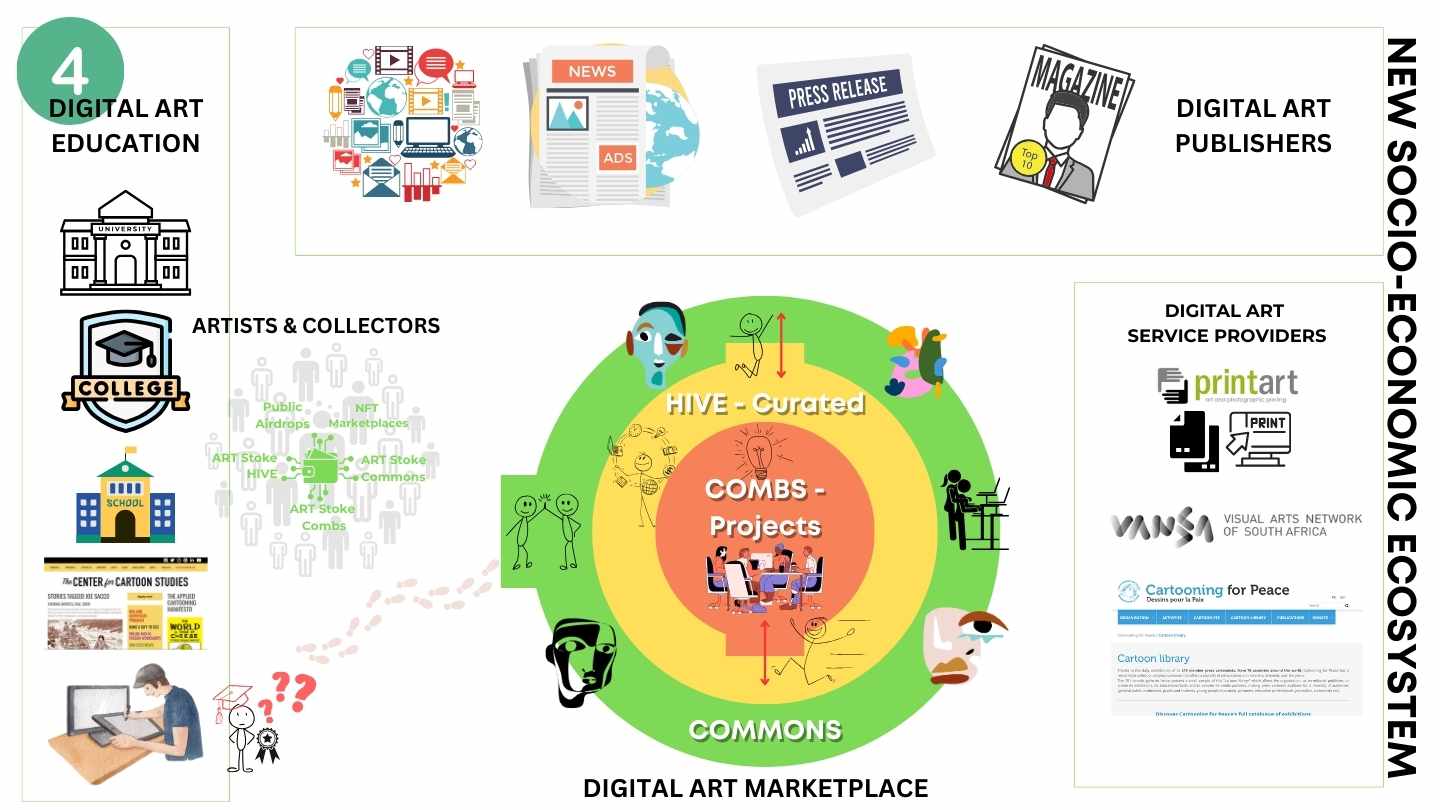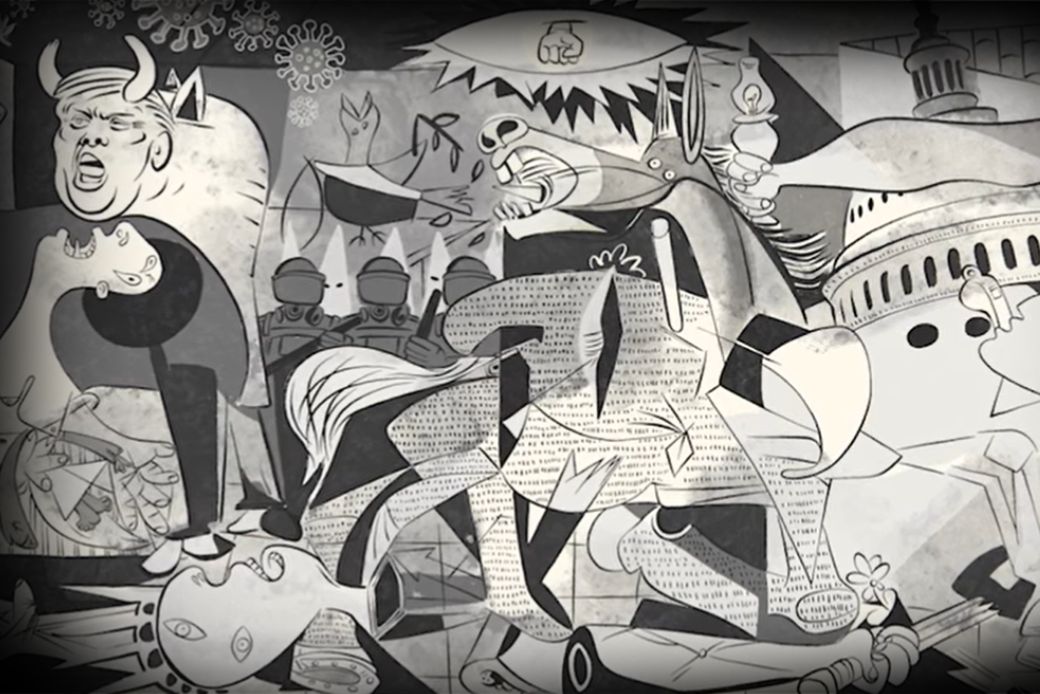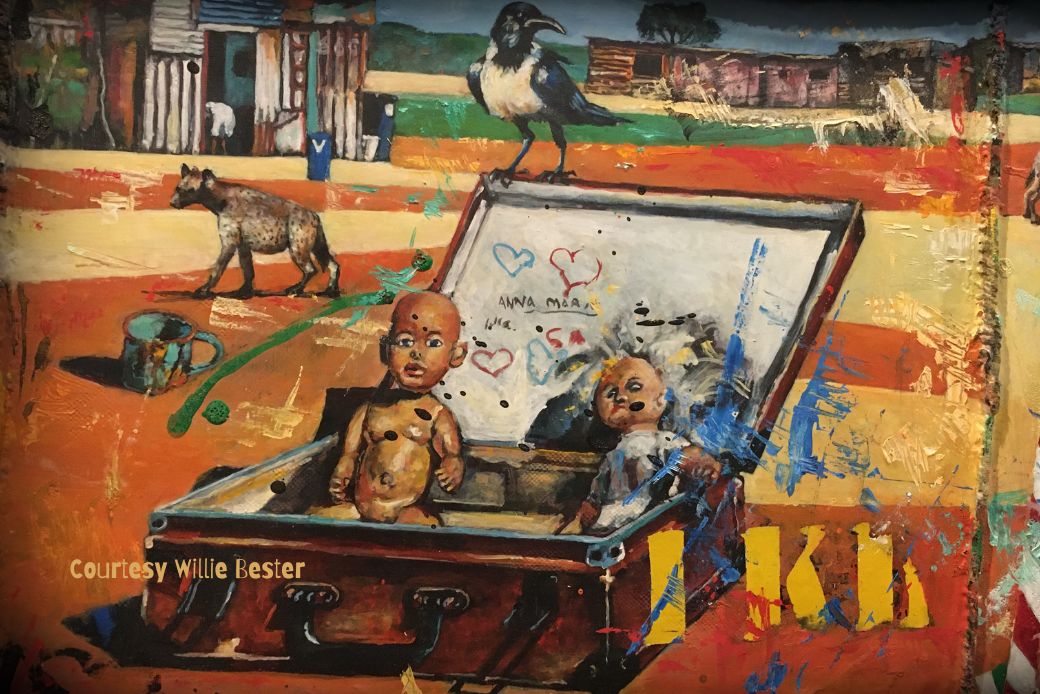Digital art on the blockchain—often referred to as NFT Art, CRYPTOART or just NFTs—represents a ground breaking shift in how we perceive, create, and exchange art. Despite early exuberance, the current NFT market has faced scrutiny, market corrections and cultural re-evaluation. While some proclaim that “NFTs are dead,” others argue that this is merely a phase of market maturation, paving the way for deeper innovation. In this article, we explore whether NFTs truly are a dying trend or a game-changer for art and culture when properly implemented.
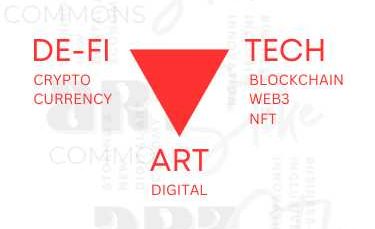
The Backstory: Boom and Bust
The NFT space exploded in early 2021, driven by speculation, FOMO (fear of missing out), and greed. Early adopters made significant profits, but many took advantage of the lack of laws and regulation. The market quickly became saturated with low-quality, derivative art, and scams. As mainstream media reported stories of individuals losing money on worthless NFTs, scepticism grew, and many started to question the sustainability of the market.
By late 2021 and into 2022, a wave of criticism from both mainstream media and the art community painted NFTs as a passing fad. Environmental concerns about the carbon footprint of blockchain technology added to the negative perception. Many declared “NFTs are dead” as the market cooled, with some high-profile projects and investors leaving the space.
But is this really the end, or are we witnessing the natural evolution of a nascent digital art form?
Key Issues Contributing to the “NFTs are Dead” Narrative
1. Oversupply of Lower Quality Art & Speculative Hype
The accessibility of Web3 platforms flooded the market with low-quality art, often driven by speculative hype and a quick-profit mentality. As a result, culturally significant or innovative works struggled to stand out amidst a sea of commodified content. This speculative trading led to inflated prices and, ultimately, disillusionment as many early buyers faced losses.
2. Lack of Cultural Context
NFT art is often criticized for lacking the rich histories and intellectual frameworks that traditional art forms possess. Without a clear cultural or socio-historical context, many NFTs are perceived as superficial. This absence of narrative or emotional depth has added to the view that NFTs lack staying power.
3. Environmental & Ethical Concerns
Earlier NFT platforms, particularly those running on Proof of Work blockchains like Ethereum (prior to its upgrade), were criticized for their energy consumption and environmental impact. Although the shift to Proof of Stake and other eco-friendly blockchains has reduced this concern, the initial damage to the NFT market’s reputation lingers.
4. Market Volatility
Extreme volatility in the NFT market, often driven by speculative hype bubbles or cryptocurrency fluctuations, has undermined NFTs’ value as a reliable investment. Prices have soared and plummeted unpredictably, reinforcing the perception of instability and making many wary of investing in NFTs.
5. Legal Ambiguity and Intellectual Property Concerns
One of the major legal challenges is the ambiguity surrounding ownership of NFTs. Owning an NFT doesn’t always guarantee ownership of the underlying artwork, leading to disputes over copyright and intellectual property. An example of this can be seen in the “FreeRoss” NFT legal dispute, which highlights the complexity of blockchain-based provenance and its recognition in legal frameworks.
6. Lack of Real-World Utility
Many NFTs have been dismissed as digital collectibles with no practical application or utility. Without a tangible connection to real-world use, critics question the long-term relevance of NFTs beyond novelty and speculation.
Why NFTs Aren’t Dead: Solutions for the Future
1. Local Community Integration
For NFT art to thrive, platforms like Art Stoke Commons must foster local engagement and a long-term vision. By integrating local universities, schools and art communities, artists can create digital art projects that have lasting cultural and artistic value, nurtured by their local environment. A community-driven model will provide stability and a meaningful alternative to speculative investment.
At the 2022 FNB Art Joburg Fair, Tezos—a blockchain known for its energy-efficient consensus mechanism—partnered with local South African artists to showcase their digital art. The initiative created a community-driven model where the value of NFTs was nurtured through local engagement. These collaborations enabled artists from universities and local communities to launch meaningful, long-term digital art projects, supported by their communities. This focus on cultural relevance and local talent demonstrates how NFTs can thrive in specific, localized contexts, far from the hype of speculative global markets.
2. Curated Marketplaces for Quality Control
A curated marketplace with an intelligently designed vetting process can elevate the quality of NFT art, avoiding the oversaturation of low-quality works. By leveraging AI-optimized algorithms for vetting and engaging independent artists and experts across genres from within the community, NFT marketplaces can build a reputation for showcasing quality art that is innovative and culturally significant.
SuperRare is a curated NFT marketplace that emphasizes quality and artistic integrity. Only a select group of artists can mint NFTs on the platform, and each artwork undergoes a vetting process to ensure it meets high standards of creativity and innovation. By carefully selecting artists and artworks, SuperRare avoids the pitfalls of oversaturation and speculative hype, creating a marketplace known for showcasing culturally significant and high-quality NFT art. This approach has helped SuperRare maintain its status as a leading platform, demonstrating the value of curation in building long-term trust and value in the NFT space.
The vetting process can also encourage NFT artists to embed personal stories, social commentary and historical context into their works. This provides an emotional connection and elevates the value of NFTs, distinguishing them from mass-produced, superficial art.
World of Women (WoW) is a project that uses NFTs to promote diversity and inclusion in the art world, telling stories of empowerment and representation through digital art. With a focus on female creators and themes of equality, WoW NFTs connect with broader social narratives, embedding cultural and societal relevance into the digital art space. The project not only creates art but also fosters a sense of community and mission, contributing to the ongoing dialogue about diversity and representation in the art world. This approach shows how NFT projects can harness storytelling to give their art cultural depth and long-term significance.
3. Robust Intellectual Property & Licensing
By embedding jurisdiction-savvy smart contracts that specify intellectual property rights being transferred and licensing terms, NFT creators can avoid legal ambiguity. This includes defining whether the buyer holds commercial rights, display rights, or resale rights. The smart contract must also reference blockchain provenance and explicitly include the link to the artwork in secure and verifiable decentralized storage (e.g. using IPFS or Arweave).
Async Art has pioneered the concept of programmable NFTs, where artists can sell rights to different “layers” of a digital artwork. Buyers can control specific aspects of the artwork (such as colors or elements) via their NFT ownership, enabling dynamic art that changes based on ownership. This not only addresses intellectual property and licensing issues but also redefines the interaction between the creator, the collector and the artwork itself. Async Art’s smart contracts clearly define the ownership and control rights, offering a glimpse of how robust IP management can be integrated into NFTs.
4. Bridging Physical and Digital Art
Offer NFT holders the option to redeem physical prints of their digital art. This integration of physical and digital art adds tangible value, bridging the gap between the two worlds. Art collectors often desire a physical connection to their collections, and this service offers exactly that.
Renowned NFT artist Beeple introduced his “Human One” piece as a ground breaking hybrid of physical and digital art. This artwork consists of a seven-foot-tall, rotating video sculpture that is constantly updated with new digital imagery. The piece was sold as an NFT for nearly $29 million and the buyer gained both a unique physical installation and a dynamic NFT, showing how integrating physical and digital art can significantly enhance value and engagement. This type of model bridges the gap between the digital and physical worlds, offering a more tangible and lasting connection for collectors.
5. Exclusive Content and Utility
Introduce NFTs that provide access to exclusive content, workshops, and events, giving the art utility beyond ownership. By incorporating unique benefits for NFT holders—such as early access to new works or voting rights within the community—NFTs can transform from mere collectibles into dynamic, community-centric assets.
One of the most successful examples of NFTs offering real utility is the Bored Ape Yacht Club (BAYC). Ownership of a BAYC NFT not only provides access to a unique digital avatar but also offers membership in an exclusive club. Members gain access to events, virtual spaces, and even physical meetups, turning NFT ownership into a gateway to a private community. BAYC has leveraged this exclusivity to build an ecosystem that goes beyond art, offering true utility in the form of social interaction, status and future airdrops. This model demonstrates the power of NFTs when they offer more than just digital art—they provide access and value beyond the transaction.
6. Green Blockchain Integration
By prioritizing eco-friendly blockchain technologies like Proof of Stake, the environmental impact of minting and trading NFTs can be reduced. Additionally, implementing carbon offset programs for each transaction further aligns NFT art with growing demands for sustainability.
Conclusion: The Long Game
While the NFT market continues to face challenges—ranging from oversupply and volatility to legal uncertainty—these are not insurmountable. By focusing on community engagement, cultural depth and sustainability, digital art on the blockchain can redefine how we experience, value and interact with art.
As Jean-Michel Pailhon from Grail Capital notes in his latest Digital Art Market on Ethereum Update, despite market fluctuations the underlying technology of NFTs and the generational shift toward digital artifacts offer profound potential for the future of art and culture.
NFTs are not dead. They are evolving—and with the right framework can become a transformative force in the art world.
